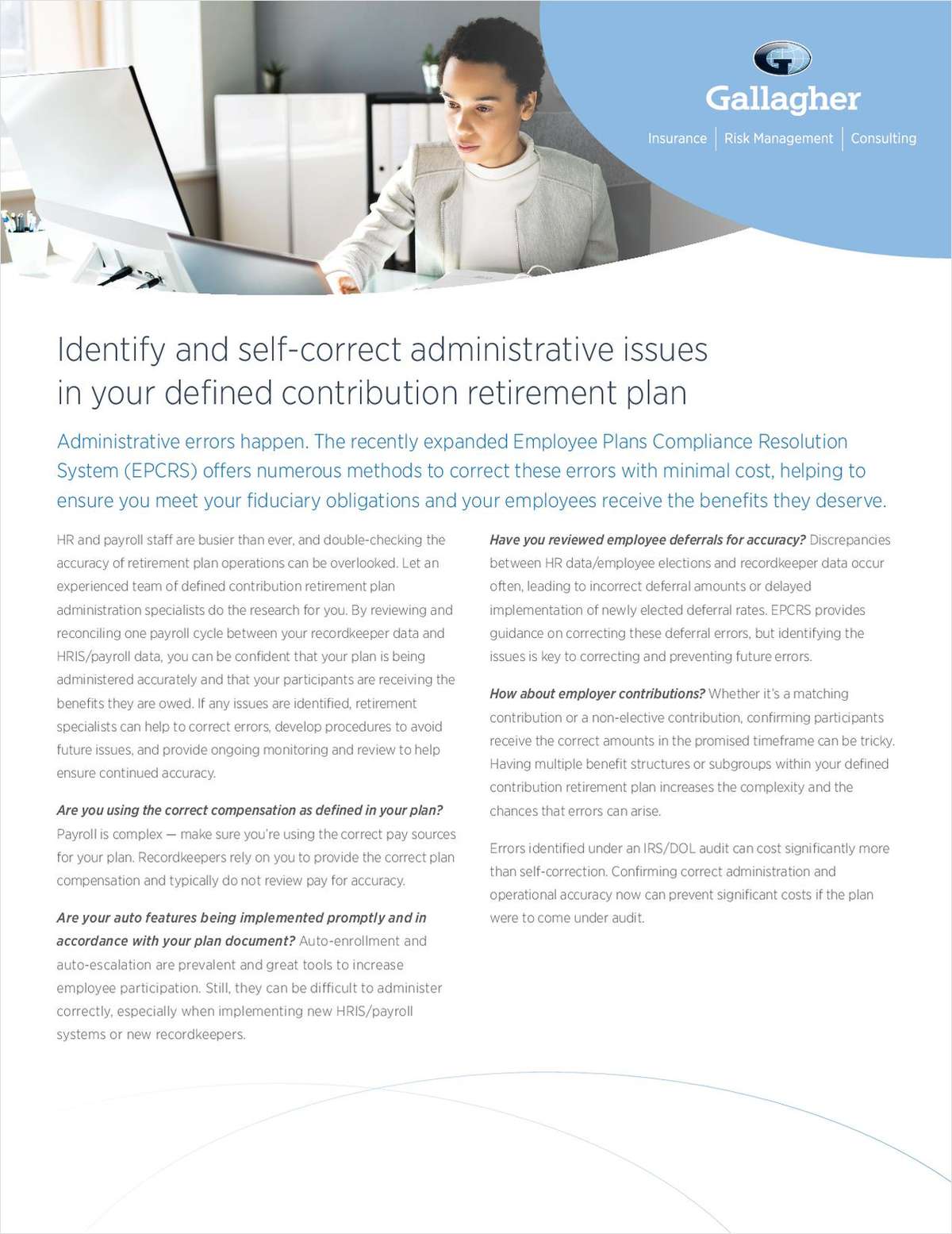Between 10 percent and 18 percent of injured workers across 15 states never manage a substantial return to work after an injury.
That’s according to research from “Comparing Outcomes for Injured Workers, 2016 Interviews,” a multiyear study effort by the Workers Compensation Research Institute. Six state studies in the project have just been released, comparing outcomes for injured workers in Indiana, Massachusetts, Michigan, North Carolina, Virginia and Wisconsin and nine other states.
The six states just released are based on interviews conducted in 2016, while the other nine states — Arkansas, Connecticut, Florida, Georgia, Iowa, Kentucky, Minnesota, Pennsylvania, and Tennessee — were conducted from 2013 to 2015. The outcomes examined include recovery of physical health and functioning, return to work, earnings recovery, access to medical care and satisfaction with medical care.
“By examining outcomes of injured workers, policymakers and other stakeholders can better understand how different state workers’ compensation systems compare in order to identify and prioritize opportunities to improve system performance,” Ramona Tanabe, WCRI’s executive vice president and in-house counsel, says in a statement.
The picture the research paints is troubling, as is another study from WCRI about how effective workers’ compensation is at replacing the pay received by an injured worker 10 years after an injury, compared with that received by an uninjured worker over the same period of time.
In Indiana, for instance, the study shows 10 percent of Indiana workers with more than seven days of lost time report never returning to work for at least a one-month period predominantly due to the injury as of three years after the injury occurred. Eleven percent reported no substantial return to work within one year of the injury. These rates, WCRI adds, “were somewhat lower than in many study states.”
In Virginia, 14 percent of workers with more than seven days of lost time reported never returning to work for at least a one-month period predominantly due to the injury as of three years post-injury; 17 percent reported no substantial return to work within one year of the injury. These rates were similar to the median study state.
And in the state of Wisconsin, 12 percent of workers with more than seven days of lost time reported never returning to work for at least a one-month period predominantly due to the injury as of three years after the injury occurred, while 13 percent reported no substantial return to work within one year of the injury. “These rates were similar to what we observed in the median study state,” reports WCRI.
Complete your profile to continue reading and get FREE access to BenefitsPRO, part of your ALM digital membership.
Your access to unlimited BenefitsPRO content isn’t changing.
Once you are an ALM digital member, you’ll receive:
- Breaking benefits news and analysis, on-site and via our newsletters and custom alerts
- Educational webcasts, white papers, and ebooks from industry thought leaders
- Critical converage of the property casualty insurance and financial advisory markets on our other ALM sites, PropertyCasualty360 and ThinkAdvisor
Already have an account? Sign In Now
© 2025 ALM Global, LLC, All Rights Reserved. Request academic re-use from www.copyright.com. All other uses, submit a request to [email protected]. For more information visit Asset & Logo Licensing.








